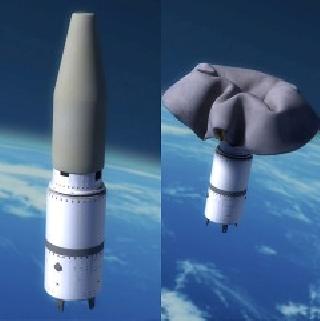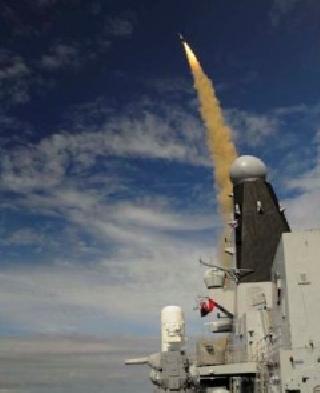
Astronomers have detected what they believe is an alien world just two-thirds the size of Earth -- one of the smallest on record, the exoplanet known as UCF-1.01. Photo: NASA/JPL-Caltech.
WASHINGTON (PTI): Astronomers have discovered a planet two-thirds the size of earth and possibly the closest to our solar system, using NASA's Spitzer Telescope.
The potential exoplanet called UCF-1.01 is located 33 light-years away, with a diametre of 8,400 kilometers, making it possibly the nearest world to our solar system that is smaller than our home planet, NASA said.
Exoplanets circle stars beyond sun. Only a handful smaller than earth has been found so far and UCF-1.01 is the first ever such planet identified with the space telescope.
"We have found strong evidence for a very small, very hot and very near planet with the help of the Spitzer Space Telescope," said Kevin Stevenson from the University of Central Florida in Orlando in a statement.
"Identifying nearby small planets such as UCF-1.01 may one day lead to their characterization using future instruments."
The hot, new-planet candidate was discovered unexpectedly when Stevenson and his colleagues were studying the Neptune-sized exoplanet GJ 436b, already known to exist around the red-dwarf star GJ 436.
The astronomers noticed slight dips in the amount of infrared light streaming from the star, separate from the dips caused by GJ 436b.
The dips were periodic, suggesting a second planet might be orbiting the star and blocking out a small fraction of the star's light.
UCF-1.01 would revolve quite tightly around GJ 436, at about seven times the distance of earth from the moon, with its "year" lasting only 1.4 Earth days.
Given this proximity to its star, far closer than the planet Mercury is to sun, the exoplanet's surface temperature would be more than 1,000 degrees Fahrenheit (almost 600 degrees Celsius).
Scientists believe that if the roasted, diminutive planet candidate ever had an atmosphere, it almost surely has evaporated. UCF-1.01 might therefore resemble a cratered, mostly geologically dead world like Mercury.
Paper co-author Joseph Harrington said the extreme heat of orbiting so close to GJ 436 has melted the exoplanet's surface.
"The planet could even be covered in magma," said Harrington.
Of the approximately 1,800 stars identified by NASA' Kepler space telescope as candidates for having planetary systems, just three are verified to contain sub-Earth-sized exoplanets.
 Previous Article
Previous Article Next Article
Next Article













The Indian Air Force, in its flight trials evaluation report submitted before the Defence Ministry l..
view articleAn insight into the Medium Multi-Role Combat Aircraft competition...
view articleSky enthusiasts can now spot the International Space Station (ISS) commanded by Indian-American astr..
view article